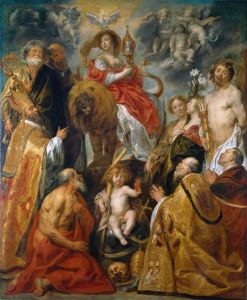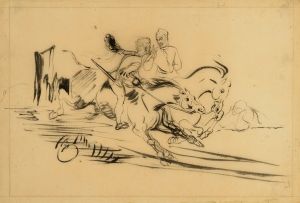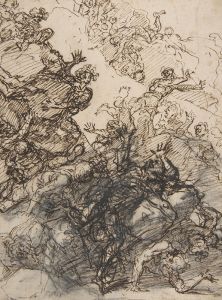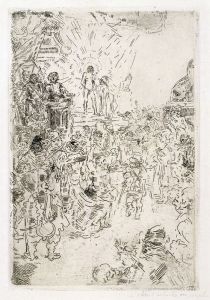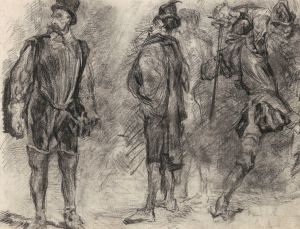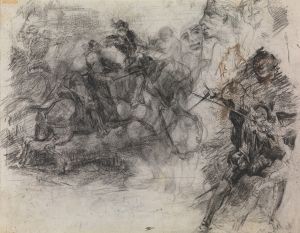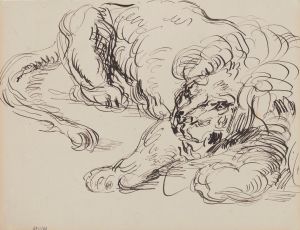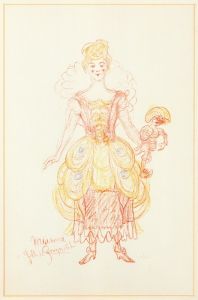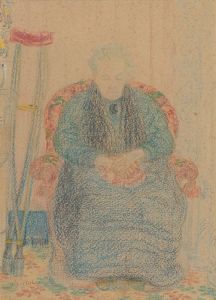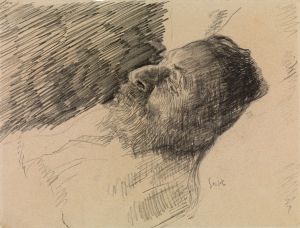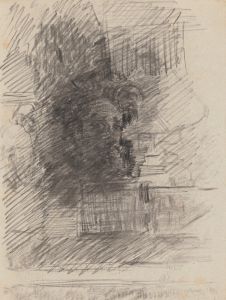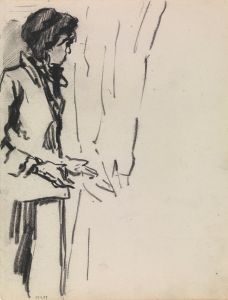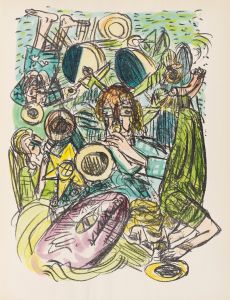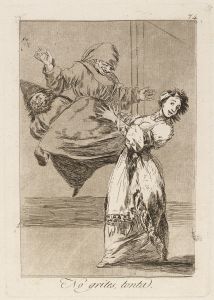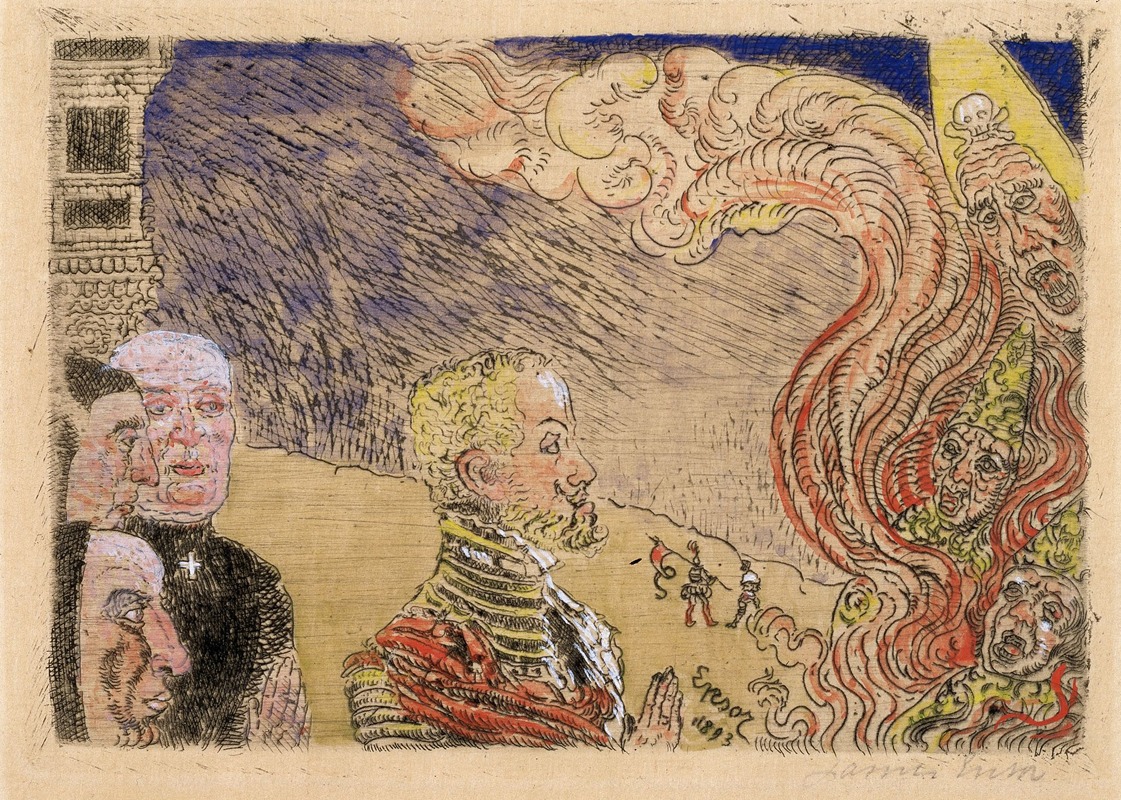
Auto-da-fe
A hand-painted replica of James Ensor’s masterpiece Auto-da-fe, meticulously crafted by professional artists to capture the true essence of the original. Each piece is created with museum-quality canvas and rare mineral pigments, carefully painted by experienced artists with delicate brushstrokes and rich, layered colors to perfectly recreate the texture of the original artwork. Unlike machine-printed reproductions, this hand-painted version brings the painting to life, infused with the artist’s emotions and skill in every stroke. Whether for personal collection or home decoration, it instantly elevates the artistic atmosphere of any space.
James Ensor's "Auto-da-fé" is a notable painting by the Belgian artist, who is renowned for his unique and often provocative style. Ensor, a pivotal figure in the Symbolist movement and a precursor to Expressionism, created works that frequently explored themes of death, satire, and the grotesque. "Auto-da-fé" is one such painting that exemplifies his distinctive approach to art.
The term "auto-da-fé," which translates to "act of faith," historically refers to the public penance of condemned heretics and apostates that took place during the Spanish Inquisition. These events often culminated in executions, typically by burning at the stake. Ensor's painting, however, is not a literal depiction of these historical events but rather an imaginative and critical interpretation.
In "Auto-da-fé," Ensor employs his characteristic use of vibrant colors and chaotic composition to create a scene that is both unsettling and thought-provoking. The painting features a crowd of figures, many of whom are wearing masks or have grotesque, exaggerated facial features. This use of masks is a recurring motif in Ensor's work, symbolizing the hidden nature of human identity and the duplicity of societal norms.
The chaotic arrangement of figures in the painting reflects Ensor's interest in the absurdity and cruelty of human behavior. The figures appear to be engaged in a frenzied spectacle, which can be interpreted as a critique of the mindless conformity and brutality of societal rituals. Ensor's work often challenges the viewer to question the moral and ethical foundations of society, and "Auto-da-fé" is no exception.
Ensor's technique in this painting is notable for its bold use of color and dynamic brushwork. The vivid palette and energetic application of paint contribute to the overall sense of chaos and intensity. This approach aligns with Ensor's broader artistic goals of evoking strong emotional responses and challenging conventional aesthetic norms.
"Auto-da-fé" is part of Ensor's broader oeuvre that frequently addresses themes of mortality, existential anxiety, and the grotesque. His work has been influential in the development of modern art, particularly in its challenge to traditional representations and its embrace of the irrational and the fantastical.
James Ensor's "Auto-da-fé" remains an important work for its innovative style and its incisive commentary on the human condition. Through his use of vivid imagery and symbolic content, Ensor invites viewers to reflect on the darker aspects of society and the complexities of human nature.





